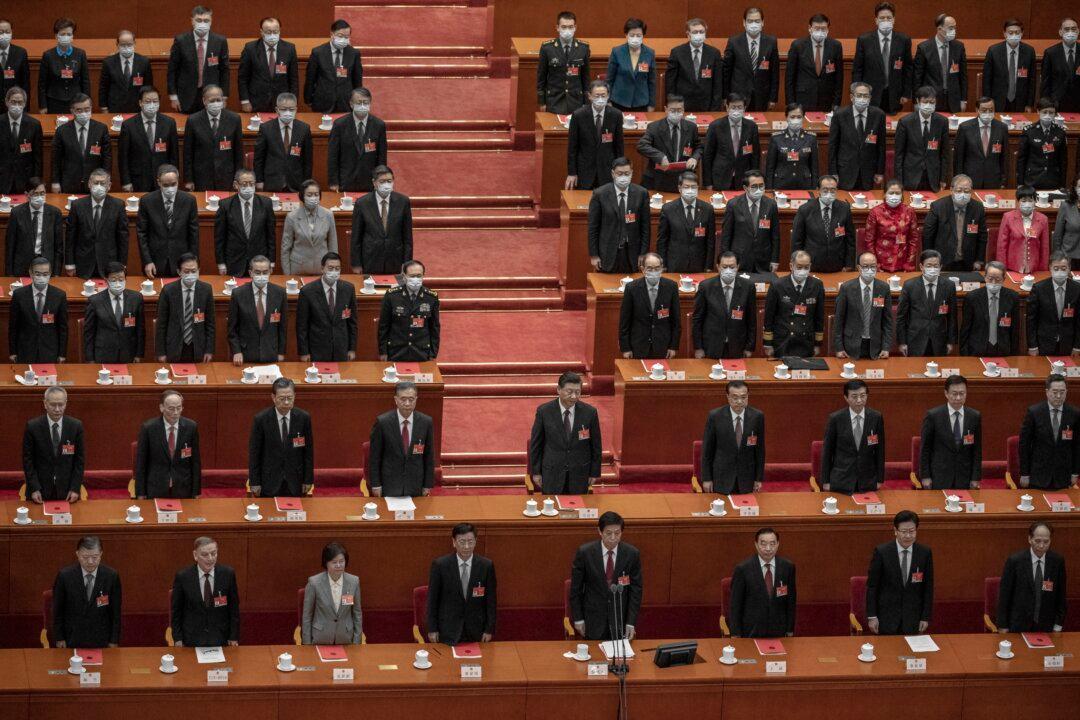China’s top political annual meetings, the weeklong “Two Sessions,” ended on March 11 and approved strategies targeting the economy, technology, as well as political reform on the mainland and in Hong Kong.
Appointment of Officials
The rubber-stamp legislature approved an amendment of the National People’s Congress’ (NPC) Organization Law, the first revision since the law was passed in 1982.The law had previously ruled that the four vice premiers, five state councilors, and ministers should be nominated by the premier, approved by the NPC, signed by the Chinese Communist Party (CCP) leader, and appointed by the CCP’s Central Committee. The NPC’s 2,953 members from all around China, who meet once a year for the Two Sessions, don’t need to be party members but must be loyal to the CCP.





